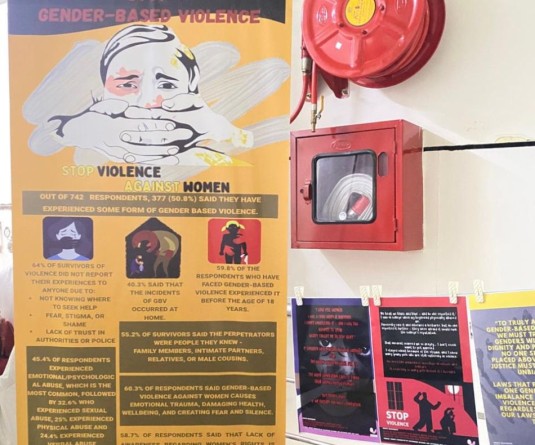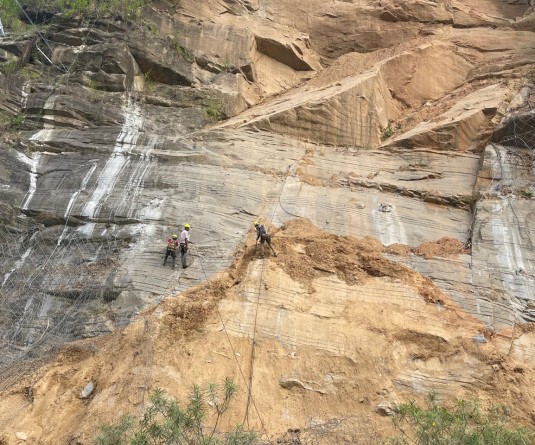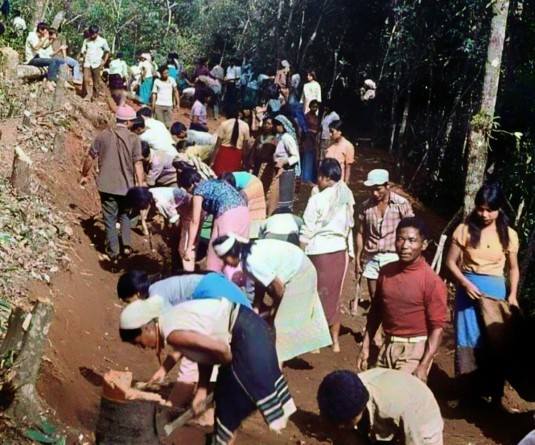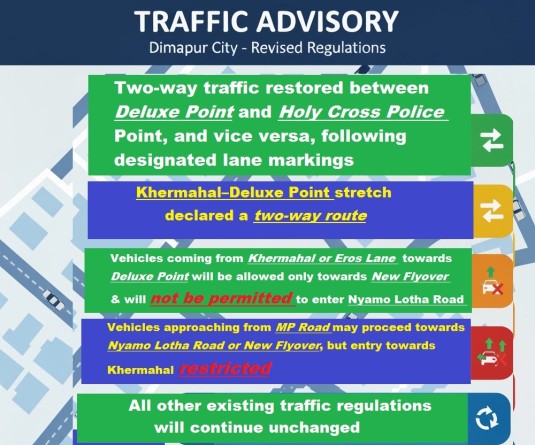
Vibi Yhokha
Kohima | May 15
Kohima | May 15
“We have gathered here together in order to try to convince India of our inherent right to be free and equal to any other nation as a distinct people. Most of the histories of human freedom were recorded in human blood. Most of the foundations of free nations were built on human bones and crushed skulls. But we want our national independence to remain holy and pure. We do not want to mix freedom, and our independence, with human blood. We do hope we shall not be compelled to live on a structure founded on human skulls and bones.” – A.Z. Phizo, May 16, 1951.
May 16, 1951, was the day earmarked for the inauguration of the Naga Plebiscite, which continued for three months hence. Naga people gathered at Khuochiezie (Kohima Local Ground) to give their thumb impression to the independence of the Naga Nation. The core aim of the Plebiscite was to strengthen the declaration of Naga independence on August 14, 1947.
“We may not have fully understood what ‘Plebiscite’ meant but we did it anyway. And because of that our cause has greater meaning,” says 94-year-old Janikhoü Savino from Khonoma village, niece of A.Z. Phizo, and one of the few surviving Nagas who lent their thumb to the Plebiscite Day.
The Plebiscite, which was recorded through thumb impressions, included Naga people of both sexes above the age of 16, that is, those born before 1935. An interesting part of the Plebiscite is that Naga women not just participated but campaigned for the cause.
“We didn’t know day and night then. We had meetings after meetings in jungles and hideouts. There was no such thing as an office at the time,” says 89-year-old Kievi Sale from Kigwema Village, one of the main campaigners for the Naga Plebiscite in the Southern Angami region. Kievi Sale was also among the group who sneaked in to Manipur to print out 20 pamphlets of the Plebiscite at the Gandhi Printing Press. “We were so scared we might get caught by the Manipur Police. But we escaped.”
Sale terms himself a follower of Phizo. According to him, the influence of Phizo and the efforts of the people were so strong, it made the Plebiscite possible, as well as for the Naga people to unite.
Though sparse communication in 1951 made organization difficult, many Naga people turned up to cast their vote. In some villages, a representative from each clan or unit gave a thumb impression.
“Our homes were burned not just once but several times. Yet we built them again. We suffered a lot for the Naga cause. If the Plebiscite had not been done, the cause we suffered for would have lesser meaning,” says Savino, who believes that the Plebiscite, done in “God’s timing,” ensured that the suffering of the Naga people did not go in vain, or as she says in Tenyidie, ‘Kemethuo Mezhie.’
Both Savino and Sale are concerned with the history which needs to be clearly passed to the younger generation—the history of the many Nagas who not just impressed their thumb on paper but fought and died for a Naga nation. “Most of us are gone now,” say both as they reminisce the past, as old age slowly erases their memories.






